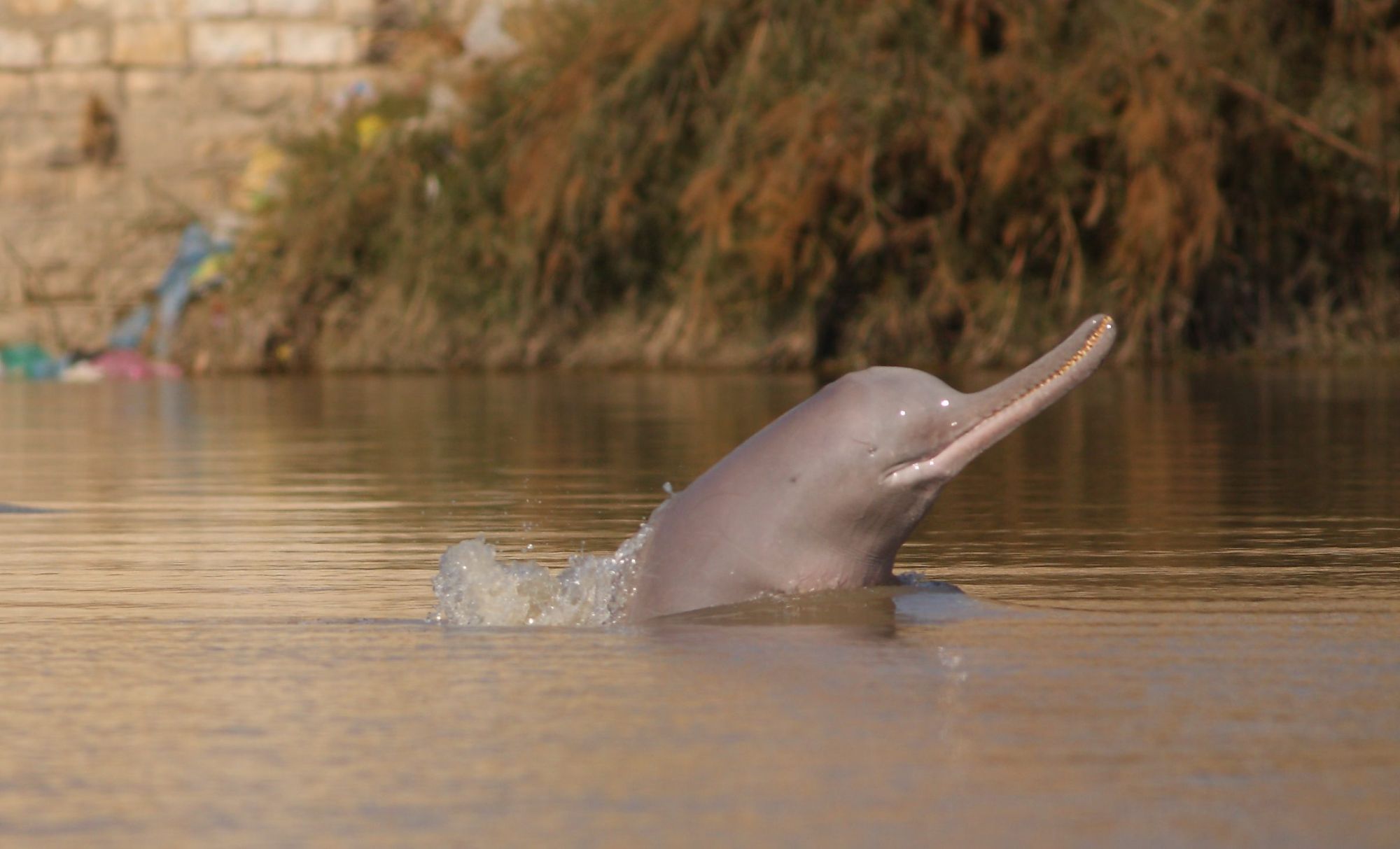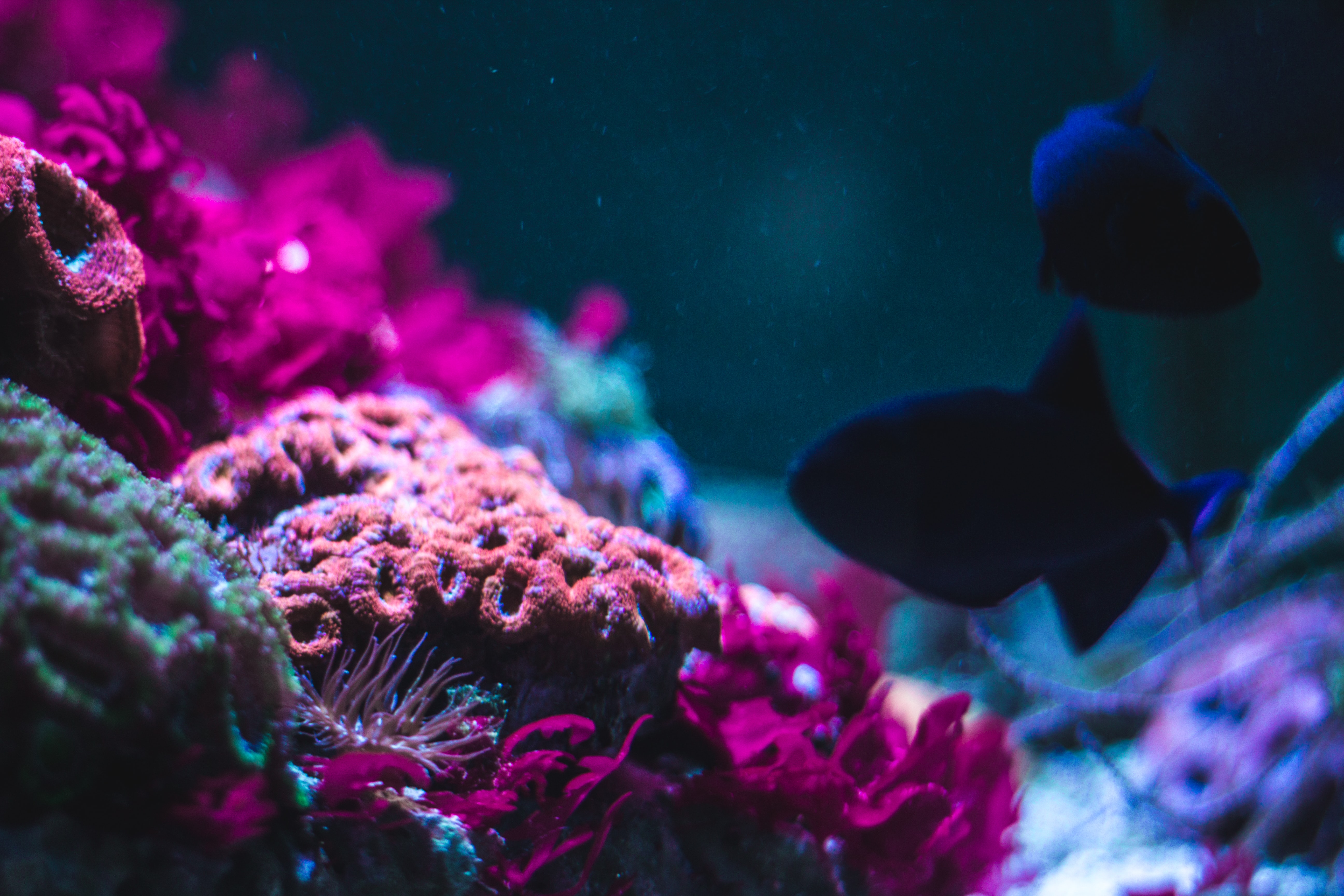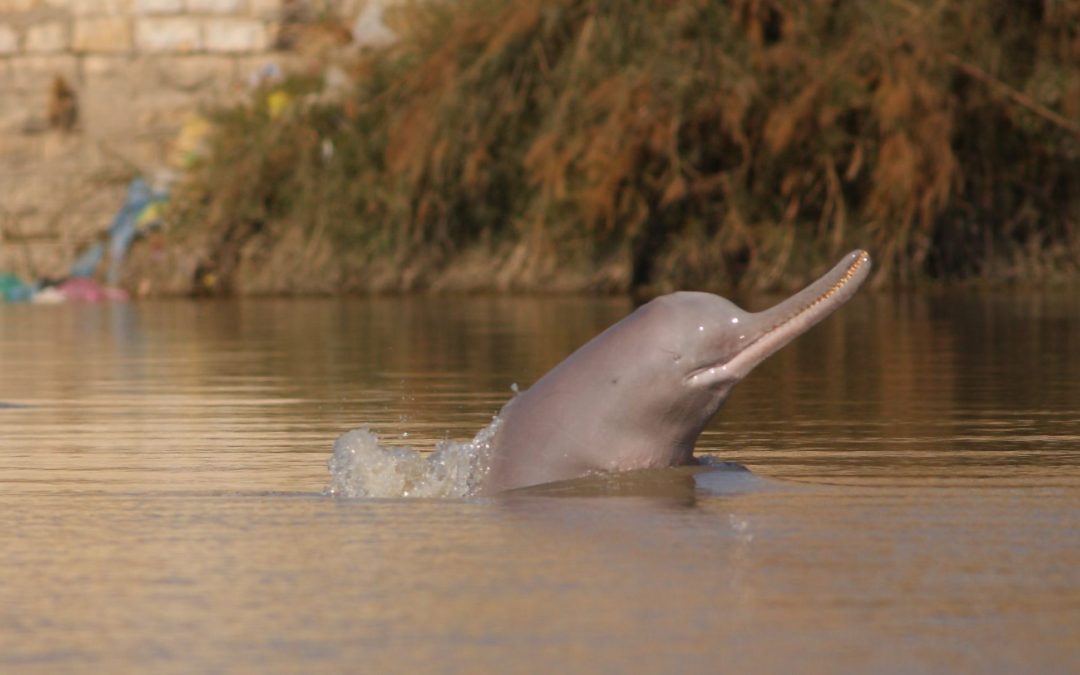
Illegal fishing, polluted water, and the development of dams and irrigation systems are some of the threats that the world's river dolphins have to contend with. But despite the fact that river dolphins are seriously endangered around the world, there are glimmers of light.
The Indus Dolphin in Pakistan, for example, has increased from 1,200 individuals 20 years ago to 2,000 today, and now modern technology will increase the chances of conserving and increasing their numbers.
Researchers from WWF have in fact started to equip river dolphins with satellite transmitters. Normally, it is difficult to study river dolphins because they live in dark, murky waters and only come to the surface briefly to breathe.
This makes it difficult for researchers to know how to best protect these species. The transmitters will now give researchers new information about how river dolphins live.
"The satellite tagging instills hope. It can provide a deeper understanding of how these animals behave and move, which makes it easier to develop and adapt measures to preserve them", says Stina Nyström, expert on whales and dolphins at WWF Sweden, in a press release.
To begin with, three river dolphins have been equipped with satellite transmitters. If the experiment turns out well, the idea is to put transmitters on more dolphins in the future to get an even better understanding of the river dolphins' life patterns.







